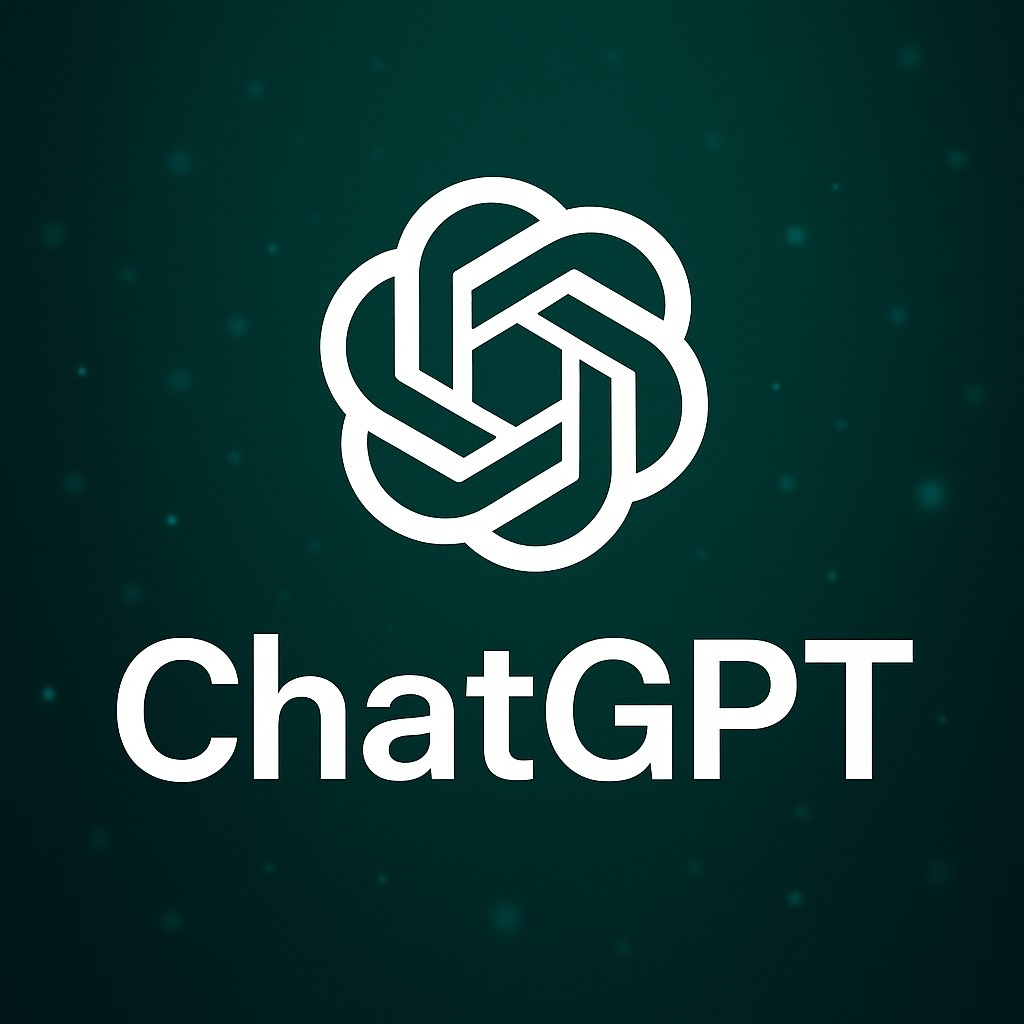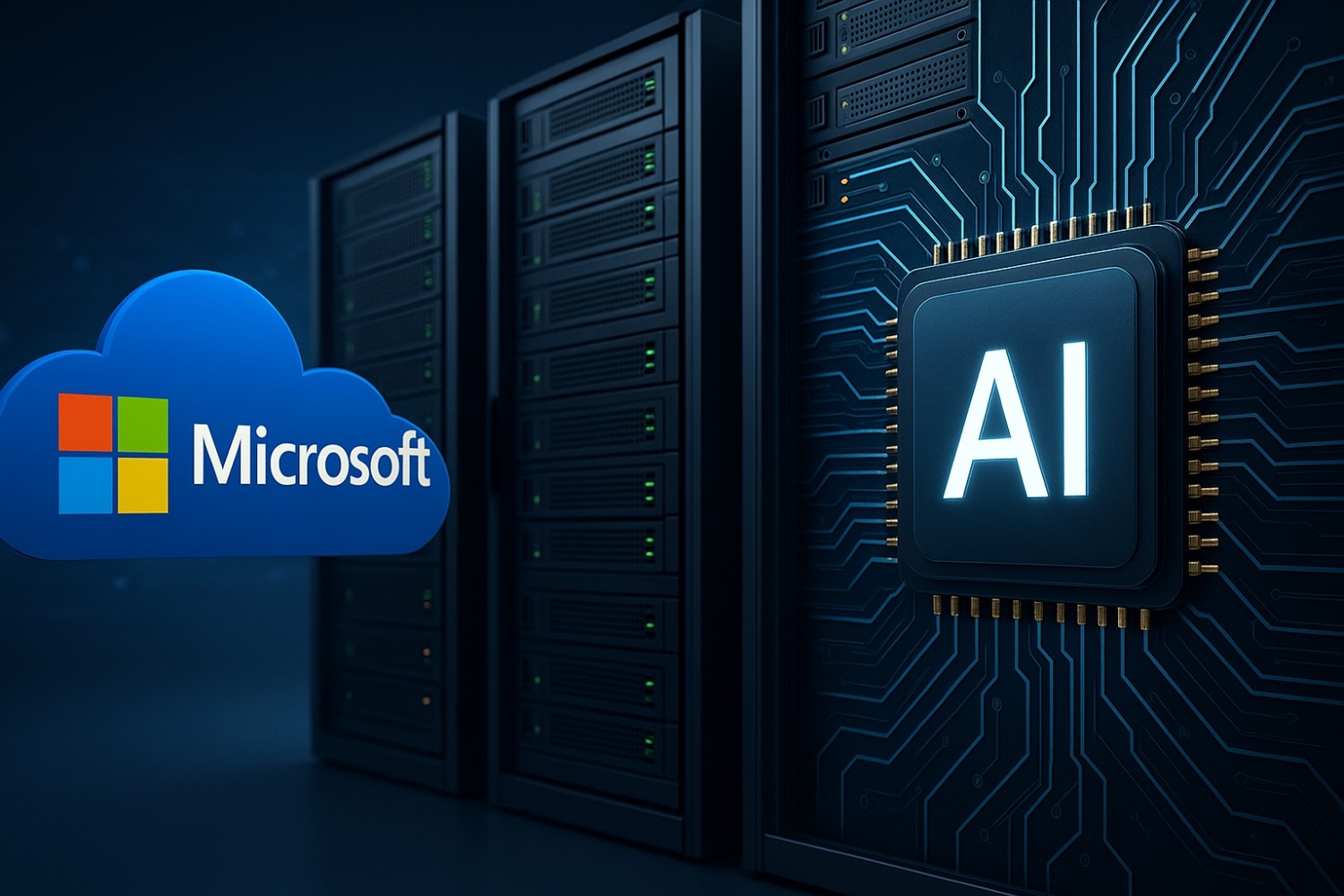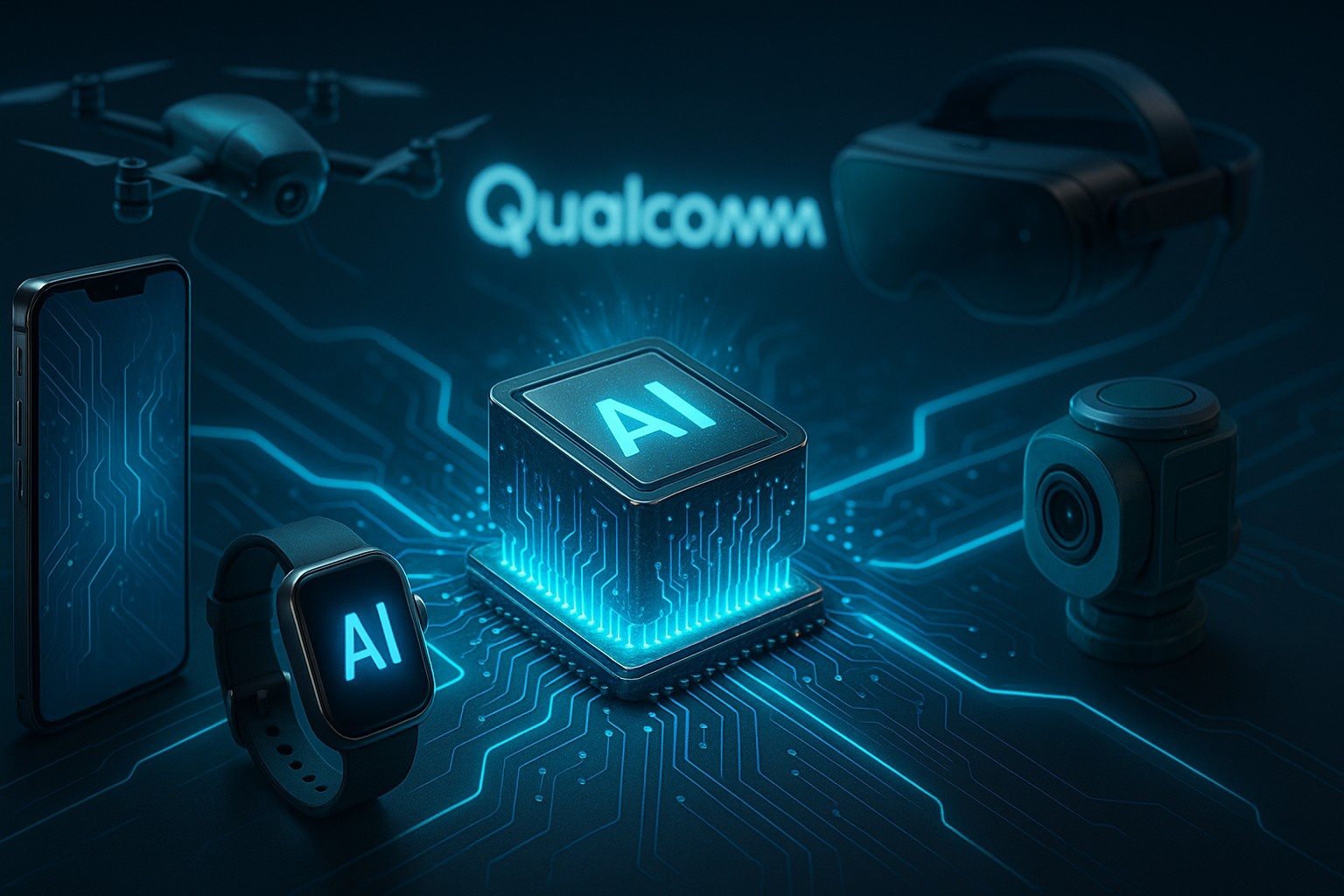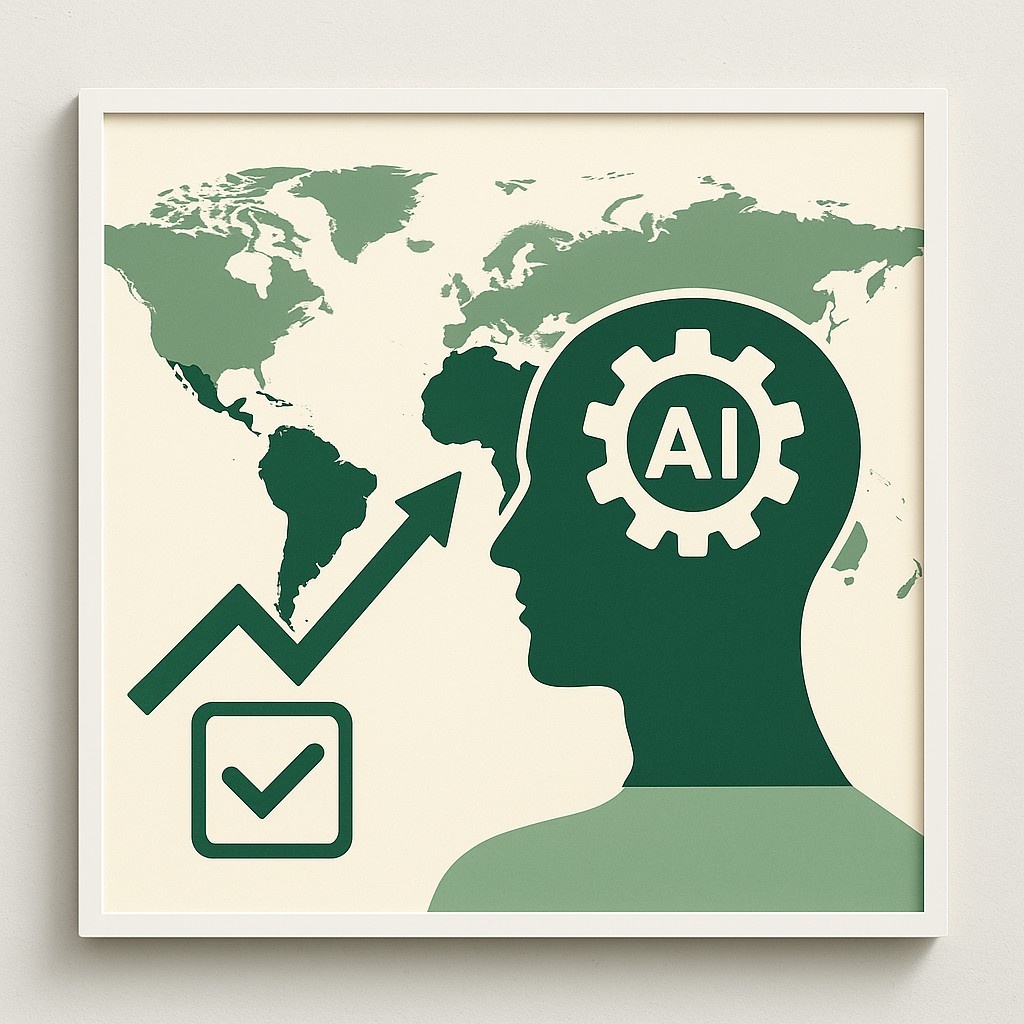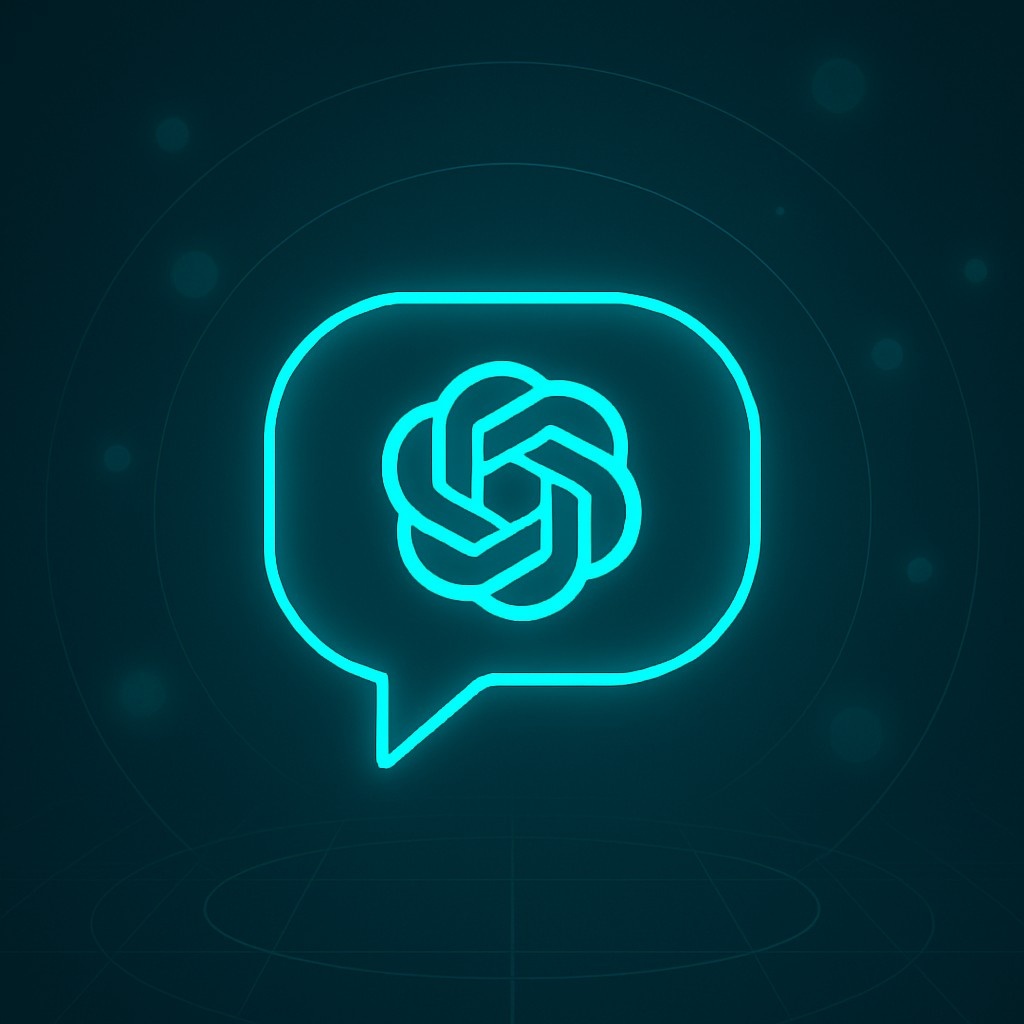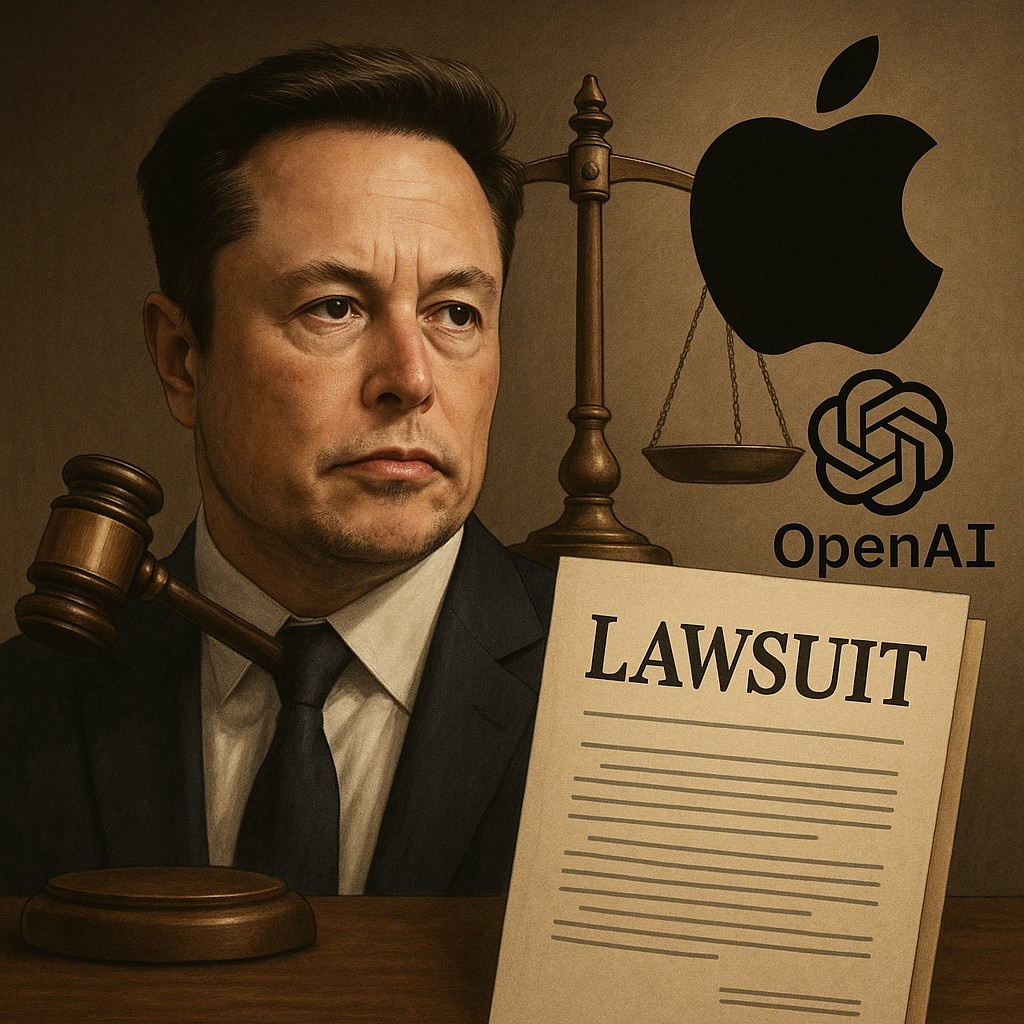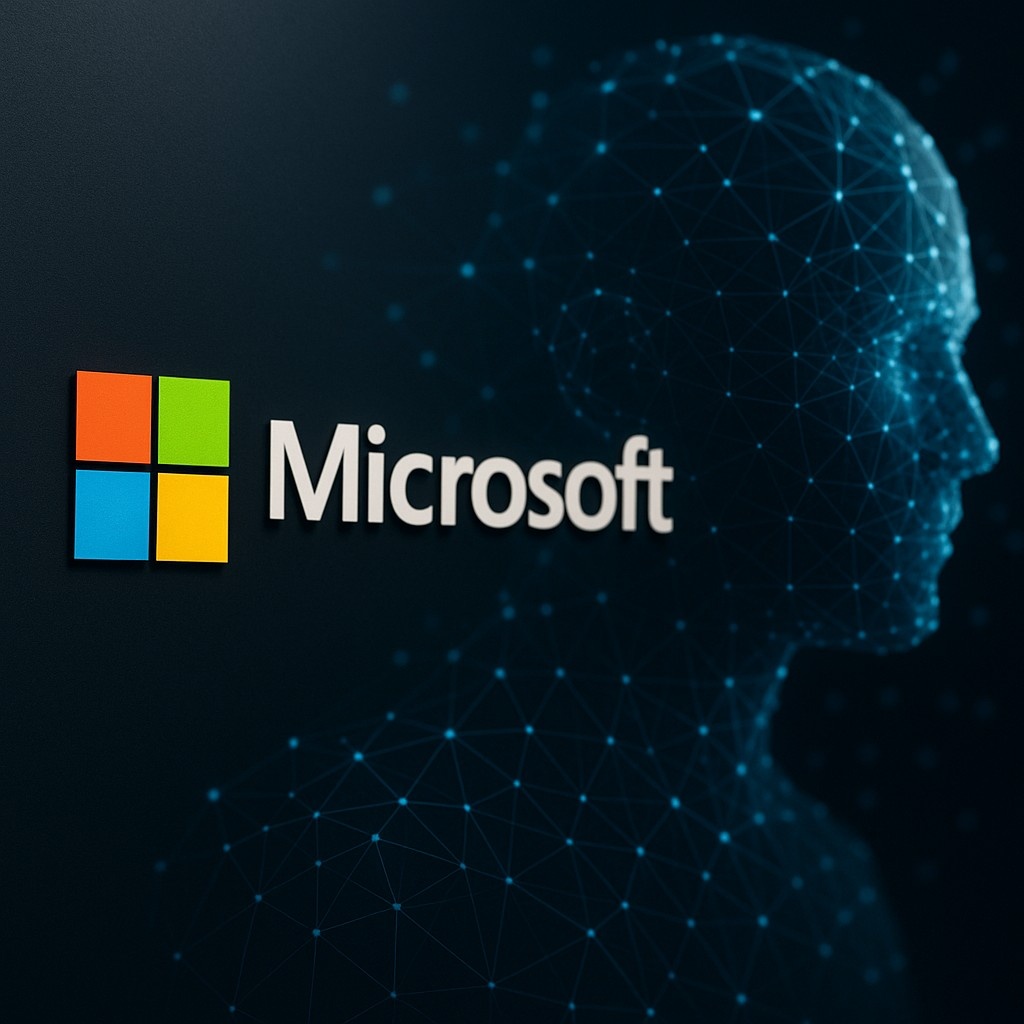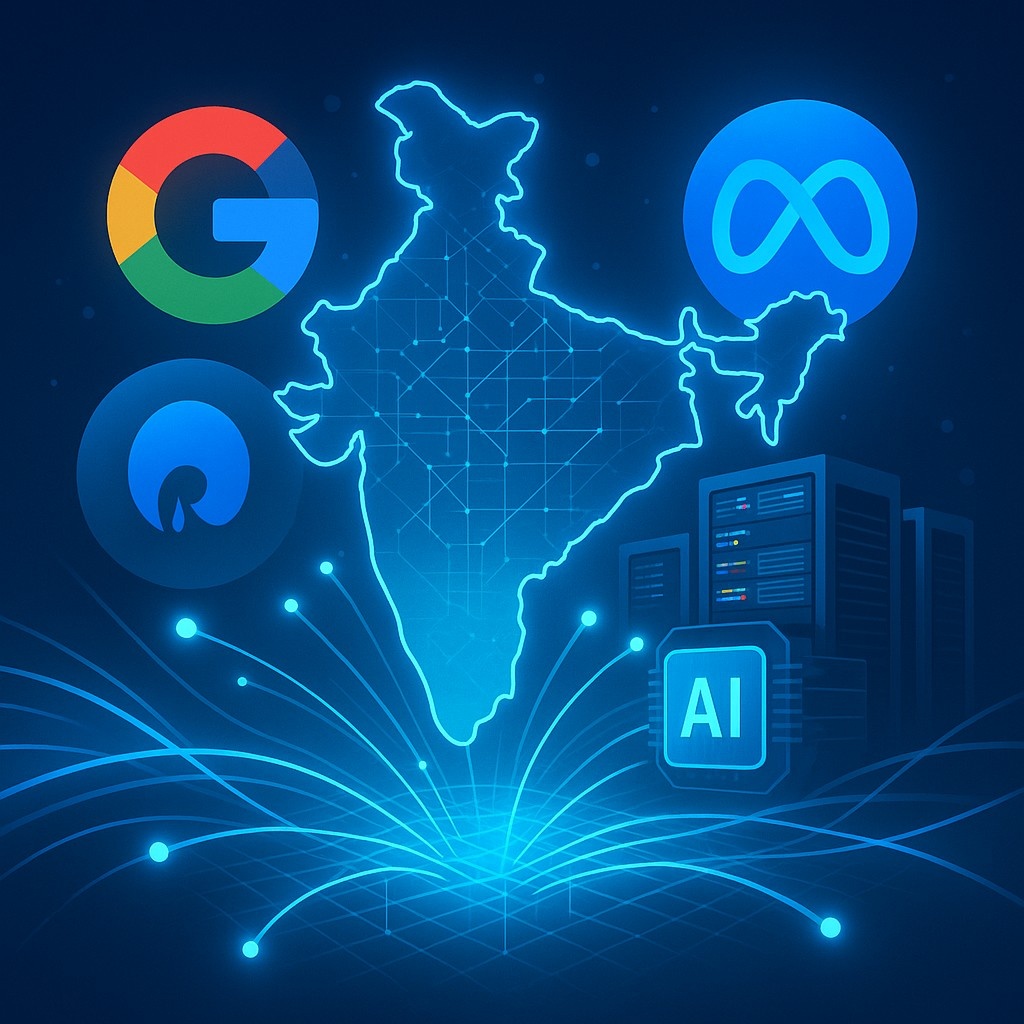Anthropic Ups the Ante: Claude 4 AI Suite Emerges as a Bold Challenge to OpenAI’s GPT Dominance
In a move that signals both ambition and strategic precision, AI startup Anthropic has officially unveiled its much-anticipated Claude 4 series — a suite of next-generation artificial intelligence models that could reshape the competitive dynamics among leading AI labs. The release includes three distinct models: Claude 4 Opus, Claude 4 Sonnet, and Claude 4 Haiku, each tailored to meet different user needs across the spectrum of performance, speed, and cost-efficiency.
With this release, Anthropic is making it clear: it's not just participating in the AI race — it’s gunning for a podium finish. The centerpiece of this lineup, Claude 4 Opus, is being touted as a direct rival to OpenAI’s GPT-4, the model powering ChatGPT Plus and numerous high-end AI applications. Meanwhile, Claude 4 Sonnet, a mid-range variant, promises a faster and more cost-effective alternative without sacrificing too much power. Together, the suite reflects a calculated escalation in the ongoing battle to define the future of general-purpose AI.
A Fast-Moving Field — and a Rising Contender
Founded in 2021 by former OpenAI researchers Dario Amodei and Daniela Amodei, Anthropic has always positioned itself as a safety-first AI company — but that hasn’t stopped it from pushing boundaries. With backing from major investors, including Amazon (which has pledged up to $4 billion in funding), Anthropic has built a reputation for developing large language models that are not only capable but aligned, interpretable, and “constitutional” — a nod to their approach of guiding AI behavior using a set of core principles rather than reinforcement through human feedback alone.
The release of Claude 4 marks a critical turning point in Anthropic’s product trajectory. Earlier iterations of Claude, particularly the Claude 2 and 2.1 models, were praised for their clear reasoning and restraint, but they lacked the raw horsepower of GPT-4 or Gemini 1.5 from Google DeepMind. Claude 4 aims to close that gap — and, if the early access user feedback is to be believed, it may have succeeded.
Inside the Claude 4 Lineup: Power Meets Precision
Let’s break down the new models:
Claude 4 Opus: The flagship and most powerful model of the suite, Opus is designed for complex reasoning, multi-step problem-solving, nuanced understanding of long documents, and a high level of contextual memory. Early reports suggest that Opus can handle long contexts of over 200,000 tokens — enough to read and summarize entire books or corporate knowledge bases in one go. This places it squarely in competition with GPT-4 Turbo and Google’s Gemini 1.5 Pro.
Claude 4 Sonnet: Targeted at businesses and developers looking for a balance between performance and affordability, Sonnet is faster and cheaper to run than Opus. It’s not as powerful in terms of deep reasoning, but it shines in speed and usability — ideal for real-time customer support, productivity apps, or creative assistance tools.
Claude 4 Haiku: The smallest and fastest model, Haiku is optimized for low-latency environments, such as chatbots and mobile apps. It’s not a replacement for Sonnet or Opus but a complementary tool for scenarios where response time is more critical than linguistic finesse or reasoning depth.
This tiered model structure — powerful, fast, ultra-light — is not just smart product design. It’s a calculated attempt to corner different parts of the market. Enterprises with heavy data needs can lean on Opus. Startups and consumer apps can optimize for Sonnet. And real-time interactions on mobile or low-power systems? That’s where Haiku comes in.
Raising the Bar: Performance Benchmarks and Real-World Use
While Anthropic has been careful not to overhype its models, internal benchmarks and third-party testers have started to offer clues about just how serious Claude 4 is as a contender.
On traditional reasoning tests like MMLU (Massive Multitask Language Understanding) and ARC (AI2 Reasoning Challenge), Claude 4 Opus reportedly matches or exceeds GPT-4. In areas such as summarization, document analysis, and instruction following, some users even describe Opus as “more aligned and less prone to hallucinations” compared to its rivals.
Sonnet, too, is receiving praise for its cost-to-performance ratio. A number of developers have already begun switching from GPT-3.5 or earlier Claude models to Sonnet, citing improved consistency and faster inference times — key metrics for scalable AI deployments.
More importantly, the Claude 4 models are now integrated into Anthropic’s newly redesigned user interface at claude.ai and accessible through APIs via Amazon Bedrock, expanding their reach to developers across industries.
Strategic Timing, Calculated Risk
The timing of this launch is no accident. With OpenAI rumored to be working on GPT-5 and Google releasing Gemini 1.5 to select enterprise partners, the competitive tempo is intensifying. By launching Claude 4 now — and making all three models available — Anthropic has made a bold statement: it's ready to compete not just on ideals and safety but on power, scale, and speed.
Another strategic move is the pricing. While exact API pricing varies by tier and usage, Anthropic is clearly targeting price-sensitive segments that are currently underserved by GPT-4’s relatively high costs. With Sonnet, for instance, Anthropic may be aiming squarely at OpenAI’s GPT-3.5 market, hoping to lure developers with better quality at similar or lower prices.
The Human Touch: Claude’s Personality and Alignment
What sets Anthropic apart, and remains one of its core differentiators, is its approach to AI alignment — the challenge of ensuring that models behave in ways that reflect human values, intent, and context.
Instead of relying primarily on reinforcement learning from human feedback (RLHF) like OpenAI, Anthropic trains its models using a “constitutional AI” framework. This means that Claude models are guided by a set of written principles that define helpfulness, honesty, and harmlessness — making them more steerable and potentially less biased or brittle in ambiguous scenarios.
This framework reportedly gives Claude a distinctive tone. While GPT-4 may be perceived as brilliant and creative, some users describe Claude 4 Opus as “thoughtful” and “cautious but capable.” That might not sound like a flashy feature, but in high-stakes applications — think legal review, patient care, or financial analysis — that restraint could become a huge asset.
Enterprise Adoption and Future Outlook
Enterprise traction will ultimately decide how successful Claude 4 becomes, and Anthropic seems well aware of that. By integrating the models into Amazon Bedrock — Amazon Web Services’ AI foundation model hub — Anthropic is opening the door for seamless adoption by Fortune 500 companies already embedded in the AWS ecosystem.
Additionally, the company is reportedly working with partners in fields ranging from education and healthcare to finance and logistics to fine-tune Claude’s capabilities for domain-specific tasks. These partnerships may not generate headlines today, but they could pave the way for a future where Claude becomes the go-to model in mission-critical AI applications.
